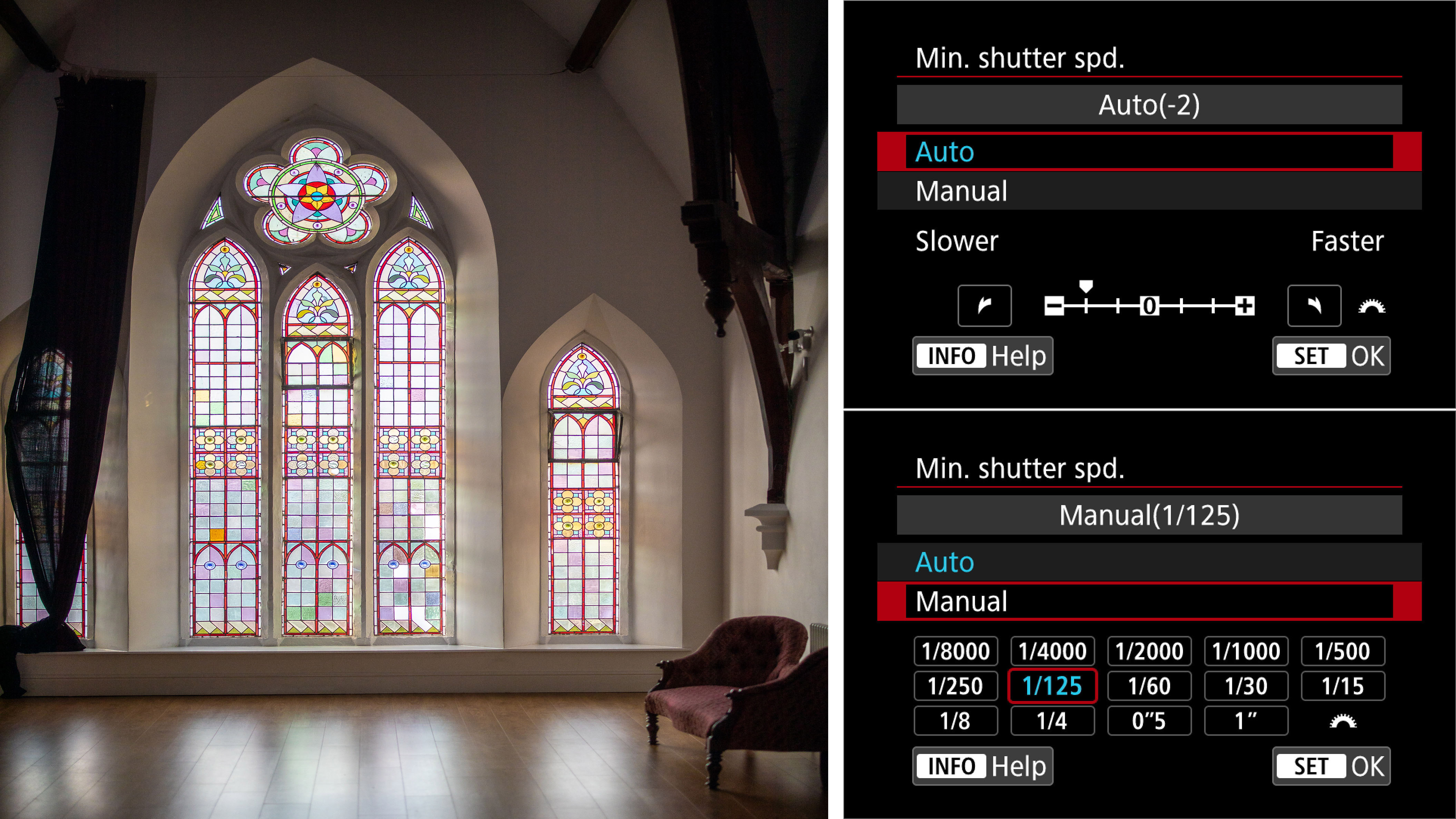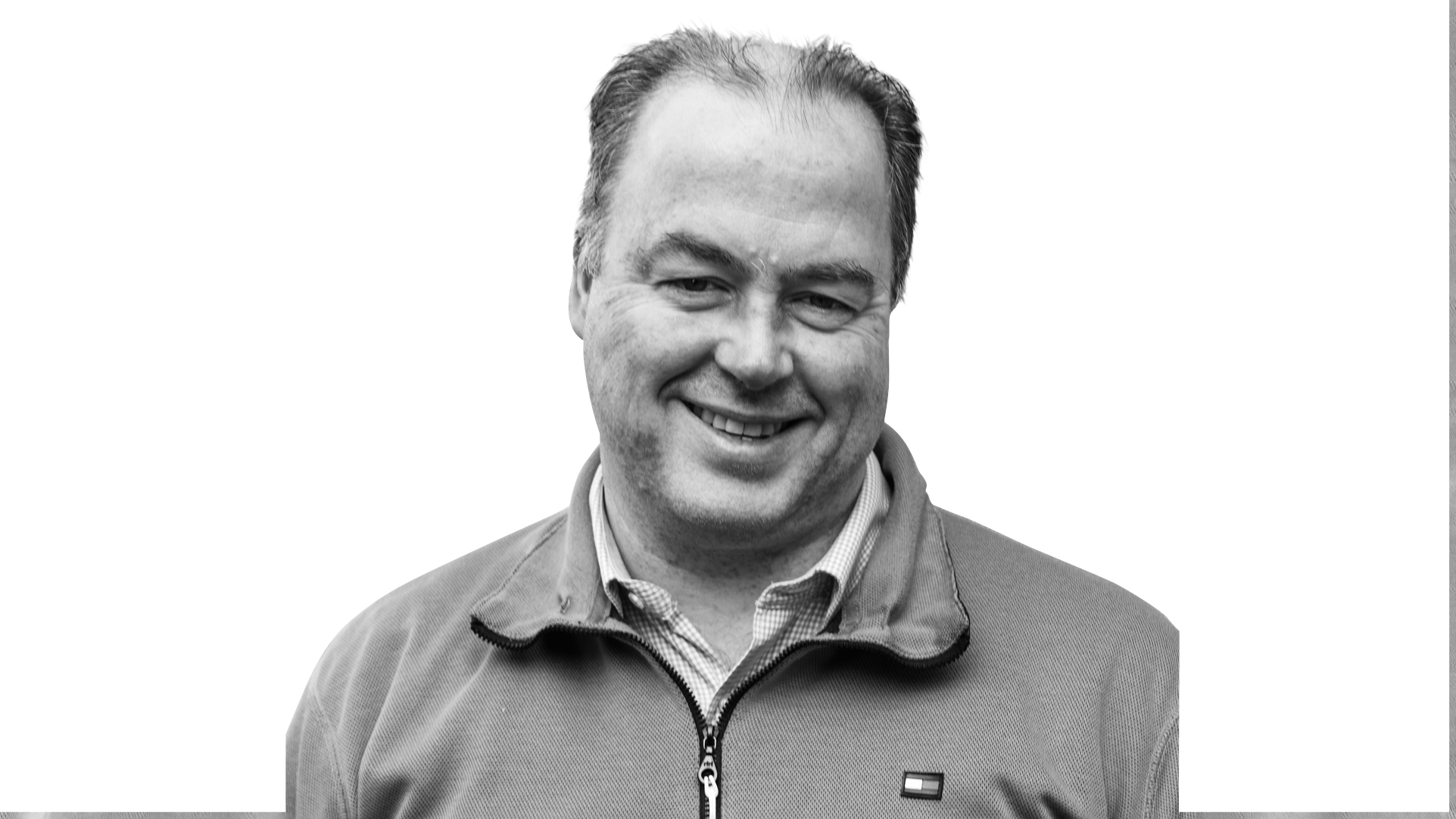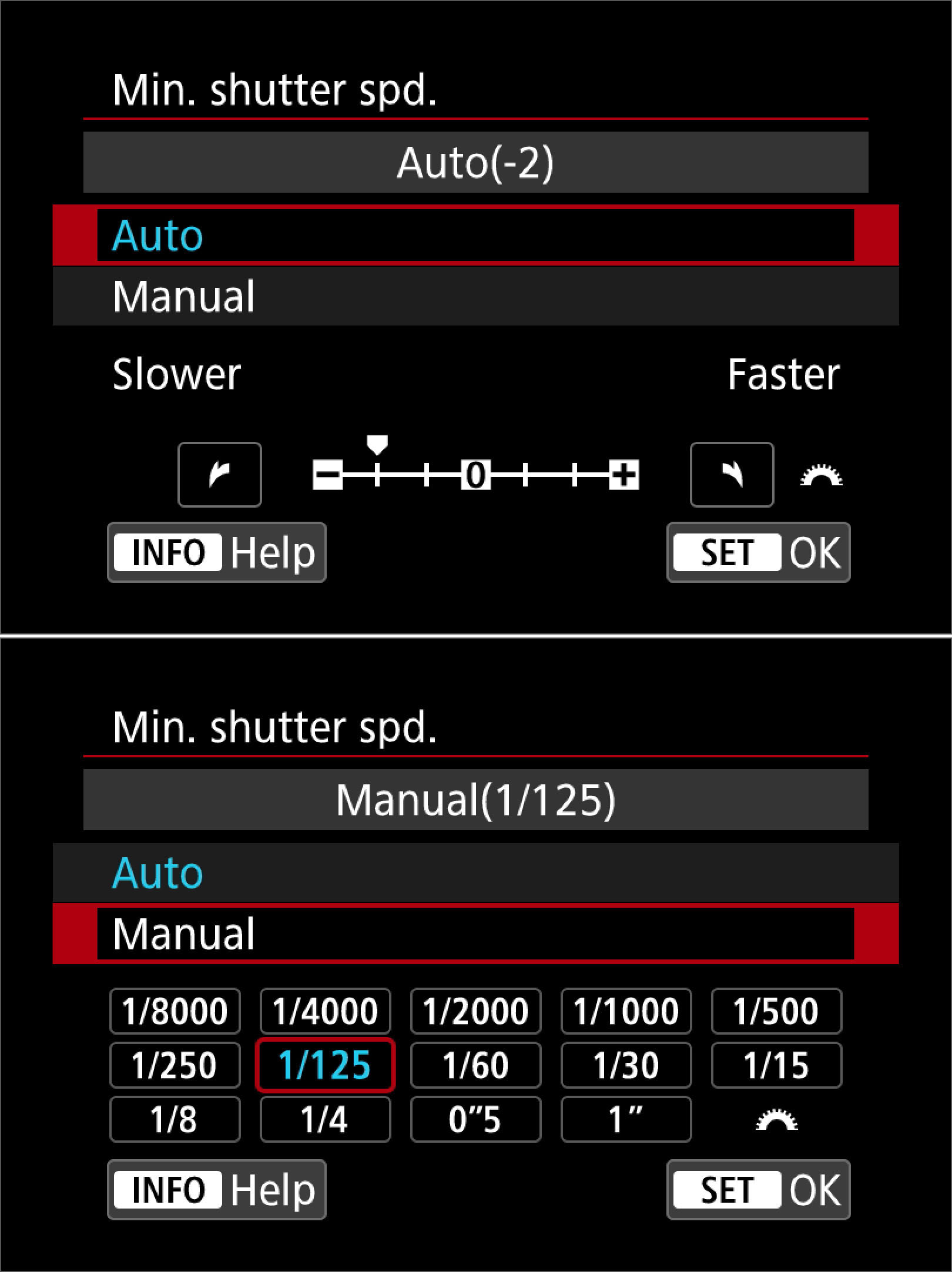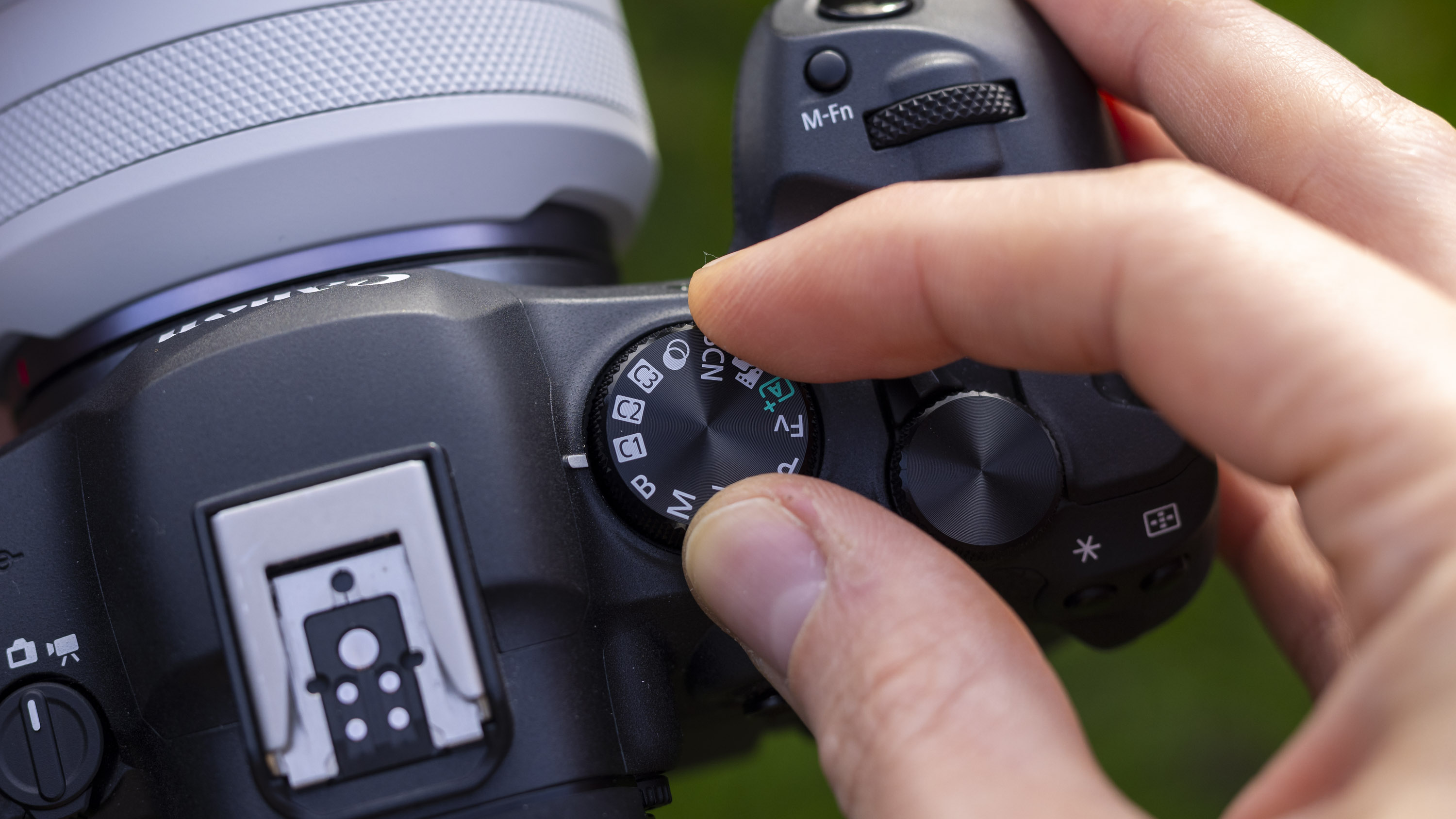Set up your Canon EOS camera's Auto ISO for sharp low-light interiors every time
Optimize your Canon EOS camera’s Auto ISO settings for interior building photography

Photographing building interiors often requires a tripod, but improved high ISO performance and image stabilization enable photographers to shoot when tripods are not permitted. With Auto ISO selected, camera programming aims to ensure that shots are shake-free. Using the conventional photography rules of thumb, the camera attempts to keep the shutter speed to at least the reciprocal of the focal length. So, for a 50mm lens, this means a 1/50 sec shutter speed with Program or Aperture Priority modes. However several EOS R-series cameras have in-body stabilization that enables slower speeds to be employed, yet achieve successful images as long as the subject is still. If a lens has image stabilization, slower shutter speeds can also be used.

Brian is a freelance photographer and photo tutor, based in Oxfordshire. He has unrivaled EOS DSLR knowledge, after working for Canon for over 15 years, and is on hand to answer all the EOS and photographic queries in Canon-centric magazine PhotoPlus.
Visit Brian's website
There are two ways to affect the ISO speed selected by the camera; one applies to all modes, the other is specific to Program and Aperture Priority. There is a separate range of allowable ISO values when using Auto ISO – by default for the EOS R5, the range is ISO100 to ISO12,800. If you find images at ISO12,800 are too noisy, reduce the upper limit, as this forces the camera to select slower speeds in low light. If you mainly shoot in Aperture Priority or Program mode, there is a more intelligent option that varies the minimum shutter speed based on the focal length of your lens. Camera settings allow for slower shutter speeds that are ideal for building interiors when using a lens with IS or IBIS, or faster shutter speeds that are more effective when the subject itself is moving.
Both settings are sub-menus under the ISO speed settings. Auto Range limits the range of Auto ISO for any mode, while Minimum Shutter Speed applies when using Aperture Priority and Program modes. Select Manual and choose the slowest shutter speed you are confident to handhold and still get sharp shots. I’ve seen sharp shots using a 40mm lens at one-second exposures thanks to IBIS. If you have a wide-angle zoom, Auto is more beneficial. Turn the main dial or use the on-screen buttons to set slower minimum speeds. If Auto(-2) is selected and a 15mm lens is used, the minimum shutter speed is 2-stops less than normal, resulting in 1/4 sec and a corresponding 2-stops less ISO selection.
PhotoPlus: The Canon Magazine is the world's only monthly newsstand title that's 100% devoted to Canon, so you can be sure the magazine is completely relevant to your system. Every issue comes with downloadable video tutorials too.
If this article was of interest you might also like to find out more about the best Canon cameras, along with the best Canon DSLR lenses or best Canon RF lenses for mirrorless bodies.
The best camera deals, reviews, product advice, and unmissable photography news, direct to your inbox!
Brian is a freelance photographer and photo tutor, based in Oxfordshire. He has unrivaled EOS DSLR knowledge, after working for Canon for over 15 years, and is on hand to answer all the EOS and photographic queries in Canon-centric magazine PhotoPlus.



